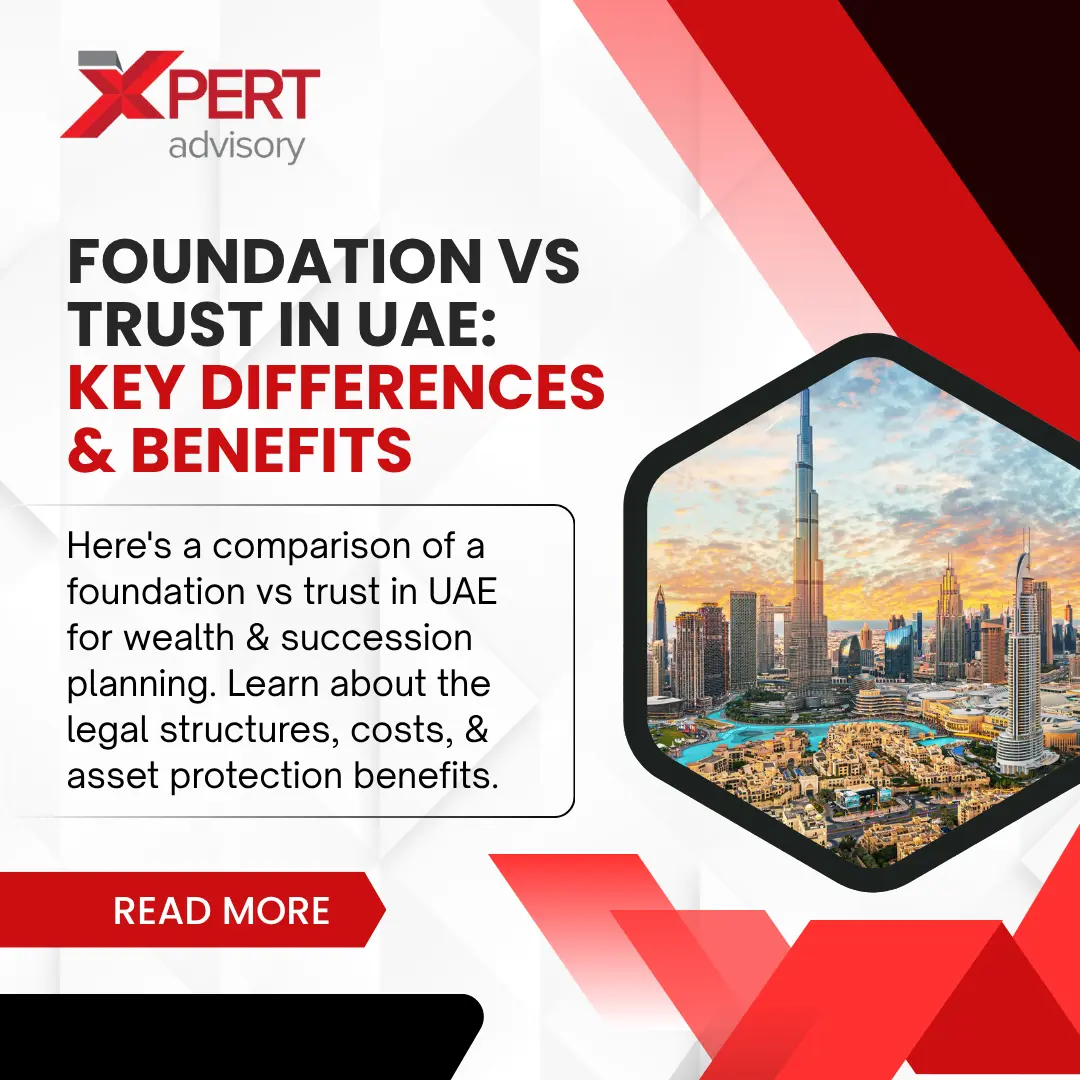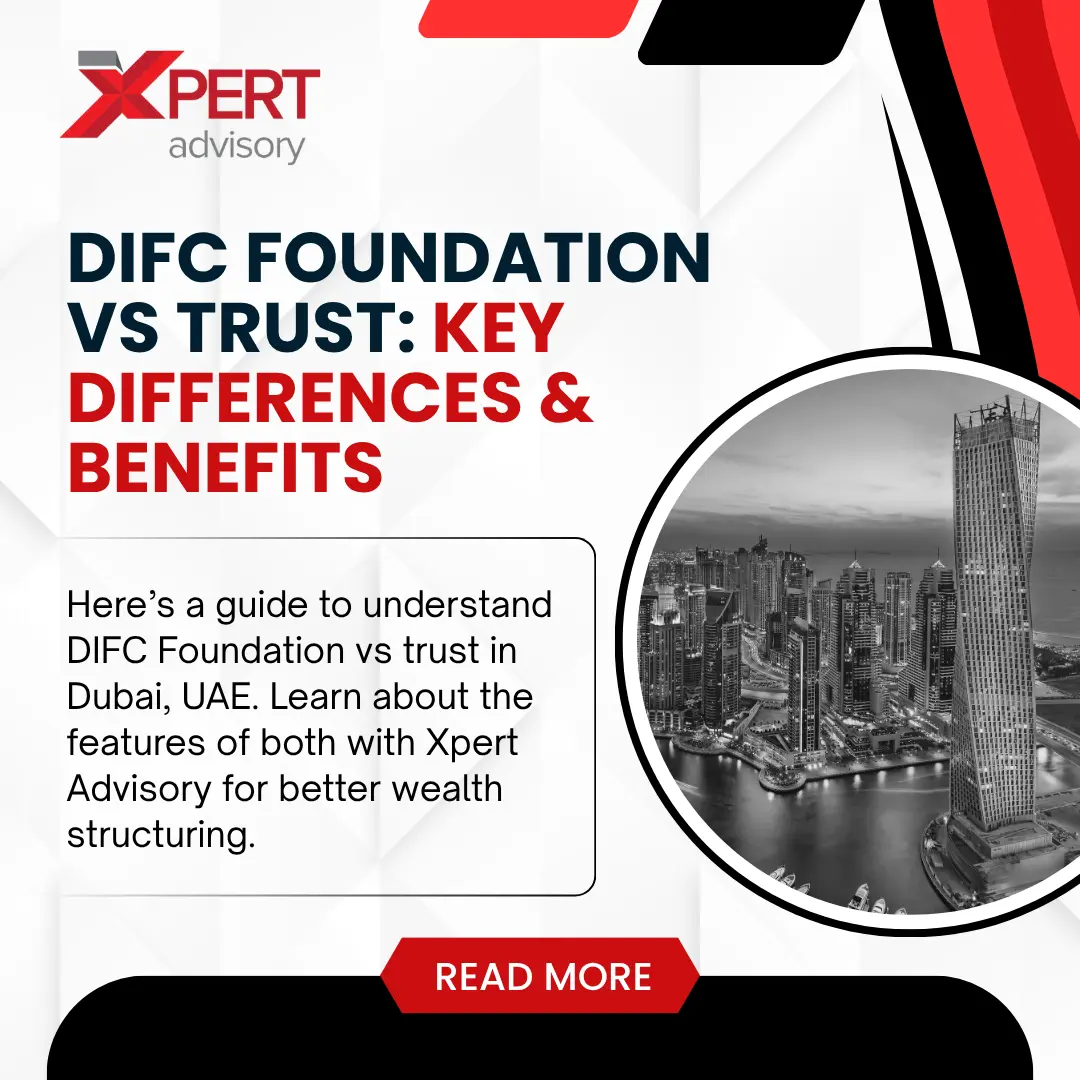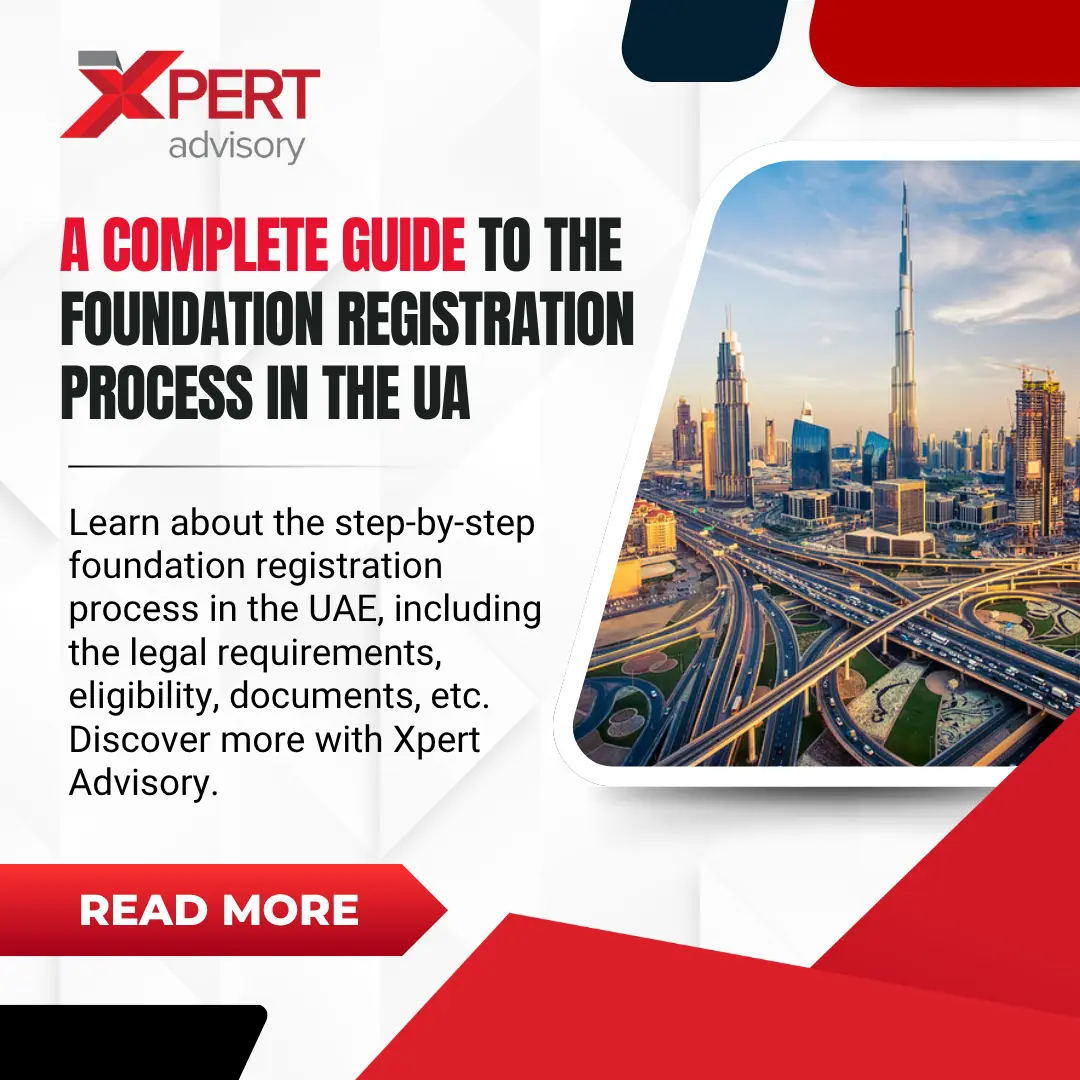Money laundering is a serious financial criminal operation that hides illicit money through legitimate schemes. Various methods, including shell companies and cryptocurrency transactions, launder dirty money. Therefore, understanding the typology of money laundering is vital for financial institutions and businesses in detecting financial crimes. In this article, we’ll discuss 9 types of money laundering activities and the steps authorities take to prevent money laundering.
Why Understanding Money Laundering Schemes Is Crucial?

The knowledge of money laundering schemes helps financial institutions fight against money laundering risks and prevent costly penalties. Money laundering faces stiff regulatory barriers in the UAE. Law enforcement agencies conduct strict penalties that devastate every organisation which falls victim to such traps. Establishing thorough anti-AML solutions becomes possible through proper identification of money laundering schemes.
Moreover, scrutiny of money laundering schemes helps law enforcement regulators arrest perpetrators of criminal activities and bring them to prosecution.
Detecting these ways to hide money enables business entities to train their staff members to recognise warning signs and inform authorities about the true source of illicit proceeds and suspicious behaviours.
Non-financial sectors, including real estate agents and accountants, submitted more suspicious activity reports through 2022 than the previous year. They filed 366 reports in 2021, which rose to 1,076 in 2022. Out of all suspicious activity and transaction reports in the UAE, these non-financial sector reports made up only three percent, even though their number rose significantly.
Common Money Laundering Techniques
Money laundering uses numerous techniques for disguise. The methods criminals use tend to change, making it difficult for authorities to detect money laundering. The following are the 9 most common types of money laundering activities criminals use. Organisations must fully comprehend these evolving money laundering techniques to detect them early on efficiently.
- Structuring (Smurfing)
The method known as smurfing also appears under the name structuring. The launderers reorganise large sums of money by distributing them into smaller quantities. The number of smaller transaction amounts makes the money transfers appear innocent to financial institutions.
Criminals employ the assistance of numerous accomplices referred to as “money mules” during their criminal operations. The mules transfer the fragmented cash amounts to numerous bank accounts. The technique depends on established bank reporting thresholds to make it workable. Moreover, the methodology allows criminal offenders to bypass reporting rules that banks must enforce.
- Cash-Intensive Businesses
Money launderers find cash-intensive businesses easy to use as their money laundry method. What are cash-intensive businesses? Such businesses receive or handle normal large inflows of cash. An example of these businesses is restaurants or bars together with car washes.
Companies within this category process very large amounts of cash. Operation secrecy becomes simpler through such practices. Making criminal funds appear legitimate happens when launderers combine their illegal funds with clean funds.
- Bulk Cash Smuggling
The laundering process of money through hidden cash proceeds from smuggling takes a direct route through border crossings. During this method, people conceal substantial cash inside vehicles or apparel. The groups move illicit funds across borders through their smuggling operations.
After moving money to a different country, criminals deposit this money in overseas banking institutions. The illicitly obtained funds can be utilised by criminals to carry out unlawful transactions such as weapons or drug trafficking. Through this method, they can use significant funds to avoid detection by police agencies.
- Trade-Based Laundering
Trade-based money laundering is TBML. The launderers engage in false trade transactions when doing business deals. The criminals employ a method of fabricating goods’ values as part of their criminal activities. The criminals usually provide inaccurate statements about the amount or the standard of the items involved.
Alternatively, the launderer may use an incorrect invoice for their scheme. A transaction can be assigned one or various invoices containing incorrect or accurate pricing information. The use of a trade transaction to move illegal funds between nations takes place through these methods. The false documentation and price modifications create an artificial appearance for transactions.
- Real Estate Laundering
The act of real estate property transactions serves as an established financial method for money laundering purposes. The big financial amounts confirm that real estate offers an efficient way to launder money. The purchase of properties through criminal funds happens because criminals utilise illicit funds.
After acquiring these properties, they will sell them for integration to make the money legitimate. Laundering money involves establishing official approval of funds. Money origins become hard to identify through this process.
- Shell Companies and Trusts
A shell company operates as a manufactured business entity without genuine business operations. Such business entities have no actual operational function or production activity. It exists only on paper. The criminals establish this artificial business to transfer their criminal funds into various banking accounts.
When operated as a legitimate business entity, the shell company establishes bank accounts where their illicit funds can be deposited. People who check their bank accounts will only see information about the shell company rather than the actual launderman. Hiding ownership of the money becomes possible through this arrangement.
A trust system operates through the involvement of two roles: trustees and beneficiaries. Under the direction of the trustee, the beneficiary receives asset management services. Illegal funds from criminals enter trust structures as part of their laundering operations. The authorities view only the trustee’s identity through their inspections. Hence, the source of all money involved remains out of sight.
Money launderers predominate the use of these two standard payment methods. These entities maintain undisclosed amounts of illegal cash while allowing movement among different entities. The institutions maintain secrecy about actual ownership information during their transactions. In the process, money launderers set up a succession of legal entities. The criminal money becomes hidden due to these legal entities.
- Casino and Gambling Laundering

Criminals hide illegal funds through the use of gambling casinos as well as other gambling establishments. The criminals utilise their criminal money to acquire chips at these locations. After the gambling process, criminals collect their money winnings through the casino. All the funds become legally recognised as gambling profits resulting from casino activities. The funds from gambling winnings are eligible for bank deposits.
- Cyber Laundering
The laundering process through cyber platforms exclusively relies on cryptocurrencies and online banking systems. This method launders money digitally. These criminal transactions find appeal because of their fast and anonymous processes. Criminals perform fast and unrestricted transactions between international borders. Such action allows money to join the existing financial system.
- Bank Capture
Banks capture results from criminals who acquire control of banking institutions. The criminals implement money laundering operations through multiple illegal methods, including extending payments and blackmail, together with various kinds of financial coercion. The individuals in power alter transactions after establishing control. They bypass AML measures. The system enables them to transfer substantial funds without triggering any security alerts.
Identification and Prevention of Money Laundering Risks
Organisations must focus on stopping and uncovering money laundering activities because it is vital to financial system maintenance. The financial system remains free of illegal activities through this measure.
Businesses and financial institutions require powerful regulatory standards and detection solutions. These measures stop illegal activities. Strategies require three essential components that blend rules with technology and monitoring systems.
AML Compliance Measures
AML efforts receive their foundational base from legal compliance standards. Businesses receive instructions from the Central Bank of UAE and the Financial Action Task Force (FATF) rules. According to these laws, AML programs are mandatory requirements in every institution. Every business entity must understand every applicable anti-money laundering policy.
Financial Institution Strategies

Anti-money laundering operations start from the side of financial institutions. These institutions act as primary defenders of the ongoing struggle against money laundering.
- Financial institutions need to perform customer identification procedures to validate their clients. Financial institutions must employ KYC processes to validate passport documents, driver’s licenses, and utility bill statements. Businesses need to perform enhanced due diligence procedures for clients who present high risk. Organisations must conduct extended assessments of the customer’s previous activities. Also, financial organisations must perform risk assessments, among other essential procedures.
- Organisations should track their transactions to identify typical patterns in user activity. Banks’ reporting requirements include detecting unusually big deposits from customers. The monitoring process should consist of an examination of money movements with high-risk jurisdictions.
- Reports of doubtful activities need to be immediately forwarded to authorised supervisory bodies. Filing suspicious activities under Suspicious Activity Reports (SARS) is mandatory and must be submitted through FinCEN.
Innovative Solutions
The modern world presents innovative solutions to combat money laundering operations. Real-time AML screening systems assist in creating an extensive view of customer risk by performing continuous monitoring. The systems help establishments make knowledgeable decisions based on available data. This technology group analyses data through machine learning methods to monitor suspicious activities while improving compliance efficiency.
Final Words
Identifying the types of money laundering activities remains crucial to protect financial institutions, businesses, and economic systems against criminal activities. Criminals employ evolving tactics that demand constant awareness, regulatory compliance and advanced detection systems to prevent financial crimes. Therefore, combining monitoring systems with regulatory body-business partnerships protects financial system integrity and economic stability.
With increasing regulatory complexities and ever-evolving threats, staying compliant can be a challenge. That’s where Xpert Advisory comes in! We provide comprehensive AML compliance support and state-of-the-art regulatory implementation solutions for businesses. Our experts help businesses find and block money laundering threats to maintain compliance and security against financial offences. Contact us now to stay one step ahead in the face of evolving threats.
FAQs
What are the 3 Fundamental Steps of Money Laundering?
The money laundering process progresses through three well-defined stages: placement, layering, and integration. Money launderers use three standard methods: smuggling cash, establishing shell companies, and investing in real estate.
Which Activities Qualify as Money Laundering?
Placement methods for money laundering include cash business, real estate, and gambling operations. Individuals use their cash funds to pay debts or exchange portions of money for alternative currencies at forex facilities.






